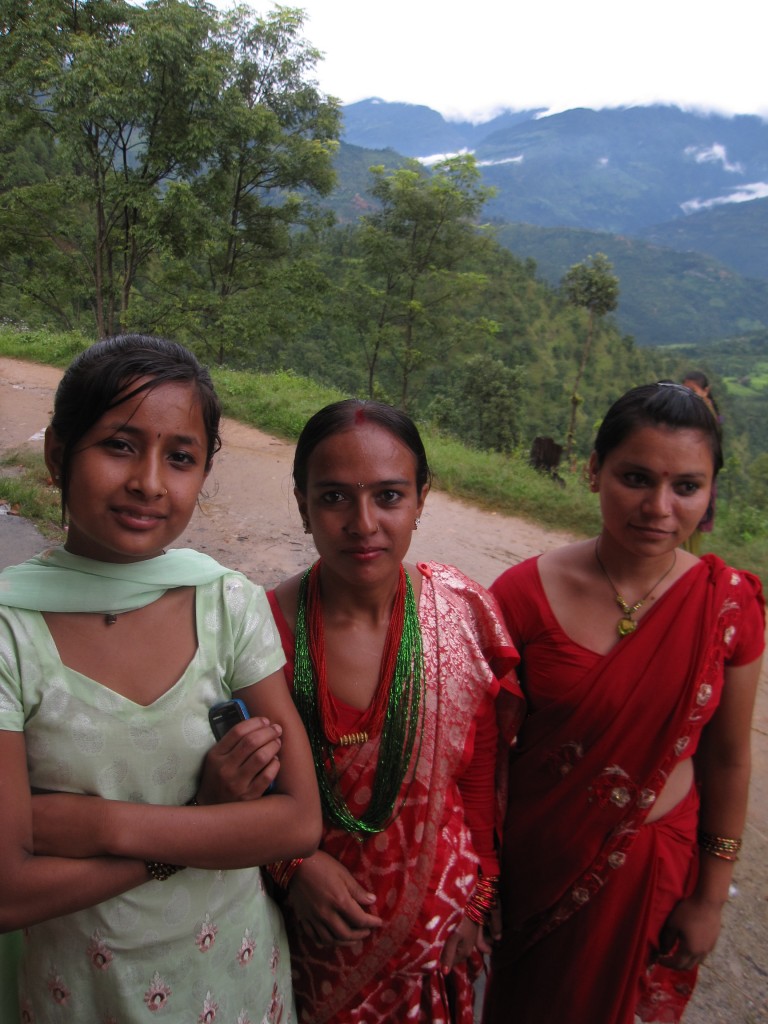Beyond Everest, Sherpas and Yaks
The climate & landscape of most of Nepal is probably surprisingly different than I’m guessing most people imagine it to be. I’m guessing that when most of you imagine Nepal, you imagine a lot of snow with yaks and Sherpas putsing around rugid terrain. You probably think it’s cold all of the time, I’m subsisting off of yak-butter, and hear monks “omm-ing” all day. But – as is the case with most places – it’s much more diverse than that. Yes, the upper Himalayas are snowy and yak-filled, but the lowest elevations are extremely hot and dry, and the mountains and valleys in between are lush, green semi-tropics.
A few facts to consider: 1) While Nepal contains 8 of the 10 highest peaks in the world, Nepal simultaneously contains land as low as 40 meters in elevation. 2) Nepal is at approximately the same latitude as both Florida and the Sahara Desert. The vast range of altitude at this latitude allows for a huge variety of crops to grow and thrive here. It’s incredibly lush throughout the middle elevations in particular – where water is plentiful. In fact, from my understanding a substantial amount of the electricity is produced by hydro-power, which is a wonderfully renewable source of Energy (precise size and site considerations pending).
Culturally and ethnically: some of you may think of Nepal as a small off-shoot of India – Bollywood bopping and Shiva worshiping, with tan-skinned people that look like they’re from New Delhi Others may imagine that Nepal looks very much like an independent Tibet – strung up with prayer flags, with meditating Buddhist monks on every corner and clear east-Asian features. Well, it’s actually a complicated blend of both images – and beyond. The Terai region, or low-lying flat land which borders India, is in fact culturally very much like India – eating similar foods, wearing saris etc. Until very recently, Nepal was the only official Hindu nation on the planet. But while the majority of Nepalese identify as Hindu, many also practice Buddhist traditions as well. In fact, most temples welcome both Hindu and Buddhist worshipers throughout the country. Over the centuries many different groups have settled here, migrating from India, Tibet, Burma and other central Asian regions.The population’s appearance very much reflects this immigrant history and geographic sandwich: very simplified, Nepalese may look extremely Indian, extremely Chinese, tan, pale or somewhere in between. Within this country the size of Tennessee there are over 102 different ethnic groups, and 92 unique languages.

While Nepal is only slowly overcoming the oppressive effects of the Caste system (a system that dictates many discrimatory rules on idividuals based upon their last name, to put it very simply), it is also the first country to offer a “transgender” option on it’s national census.
So – I hope this brief compilation begins to broaden your mental image of Nepal. Having only been here a month, I clearly have much more to learn and explore myself. Trust me: you’ll certainly be alerted when I have my first encounter with a yak.



Wow – very surprised/impressed about the transgender option! Also, curious – is it so that everyone is still considered of a certain caste? And if so, where does your current host family fall into that?